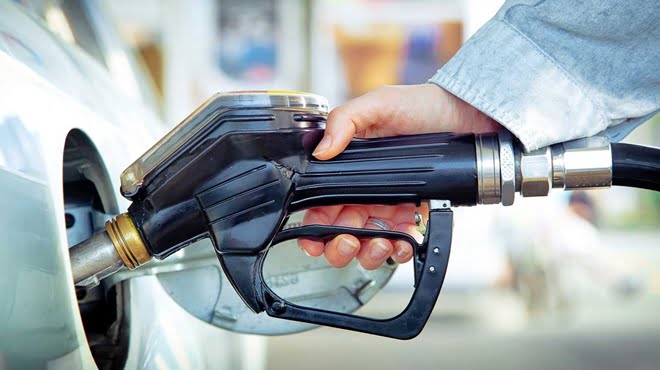The steadily and constant increase in international oil prices suddenly became a worrying factor for most economists, policy makers, analysts and journalists.
However, already over the last twelve months fuel prices in South Africa had increased alarmingly, as the price for diesel had increased by 278cents per litre or 22.9percent and petrol by 237c per litre or 17.2percent.
This is the highest annual increase of the main items within the South African inflation basket.
At this stage it is expected that the price for petrol will increase by 55c per litre and that for diesel by 8c per litre at the beginning of May.
There are three main reasons for the constant increase in fuel prices over the last thirteen months.
The fuel levy was increased on April 4, 2018, by 22c per litre and again by 15c per litre on April 3, 2019.
The road accident fund received increases of 30c and 5c per litre respectively.
This total levy increase makes out 72c per litre or 6percent of the increase in diesel since the beginning of March 2018.
The contribution to the increase in the price for petrol was a mere 5.2percent.
Therefore arguments that fuel levies caused the serious increases in the prices for fuel over the last year are unsound, as these increases are in line more or less with the inflation rate.
Yet one must rather look at the two main factors determining the increases for fuel at the pumps to really understand the potential danger to the South African economy.
These two factors are the ever increase in the international oil price as well as the rand exchange rate that once again is under immense pressure.
On February 28, 2018, (the day when the prices for March 2018 were set) the rand/$ exchange rate was R11.76, and the price for Brent oil stood on $65.78 per barrel.
Since then various domestic and global geo-political factors caused the rand to have depreciated against the dollar to the current level of R14.41.
This is an increase of 265c per dollar or a weakening of 18.40percent.
The main reasons for this were the four times increases in US interest rates, the ongoing US trade war saga and domestically the downgrading of South African debt to junk by S&P, the domestic economic recession and the Eskom dilemma.
Especially the three domestic factors are well and alive and impose a serious threat to the rand exchange rate for the rest of the year.
The price for Brent oil had increased by more than $9 (R128) per barrel over the last thirteen months and currently is trading around R74.62. This is an increase of 11.7percent per barrel.
The price for crude after dropping to below $52.20 per barrel on December 28, 2018, had shot up by more than $24 per barrel or 42percent since the beginning of the year.
It is simply a supply side storm all based on politics. Political turmoil in Iran, Venezuela and Libya, all three Opec members, had led to falling production and volatile supply.
Cailyn Birch, global economist at The Economist Intelligence Unit, believes that it is Iran and the US sanctions on its oil industry that is the most important supply-side issue. The US administration is imminent to cut off the waivers for Iranian oil customers due to expire in early May, Birch told CNBC.
So it is expected that the price for crude is more likely to stay above $75 per barrel during the rest of the year.
For South African consumers an even more hardship period awaits. Not only does fuel make up more than 4percent of the households’ consumption basket, the increase over the last year already had contributed to almost 1percent for the increase in the inflation rate and it is expected that the inflation rate by the end of May will be above 5.5percent.
In this sense it seems that it will contribute a lot towards a possible increase of at least 25 basis points if not 50 basis points in the repo rate and thus interest rates before the end of the year.
Together with the Eskom saga, the Reserve Bank may be right in its evaluation that the economy is likely not to grow during the first part of the year.
